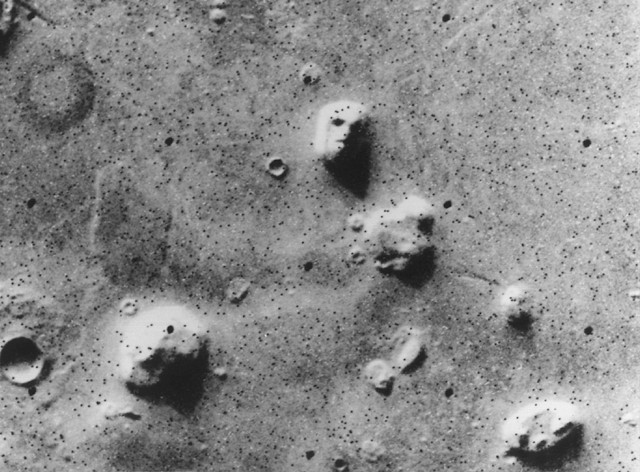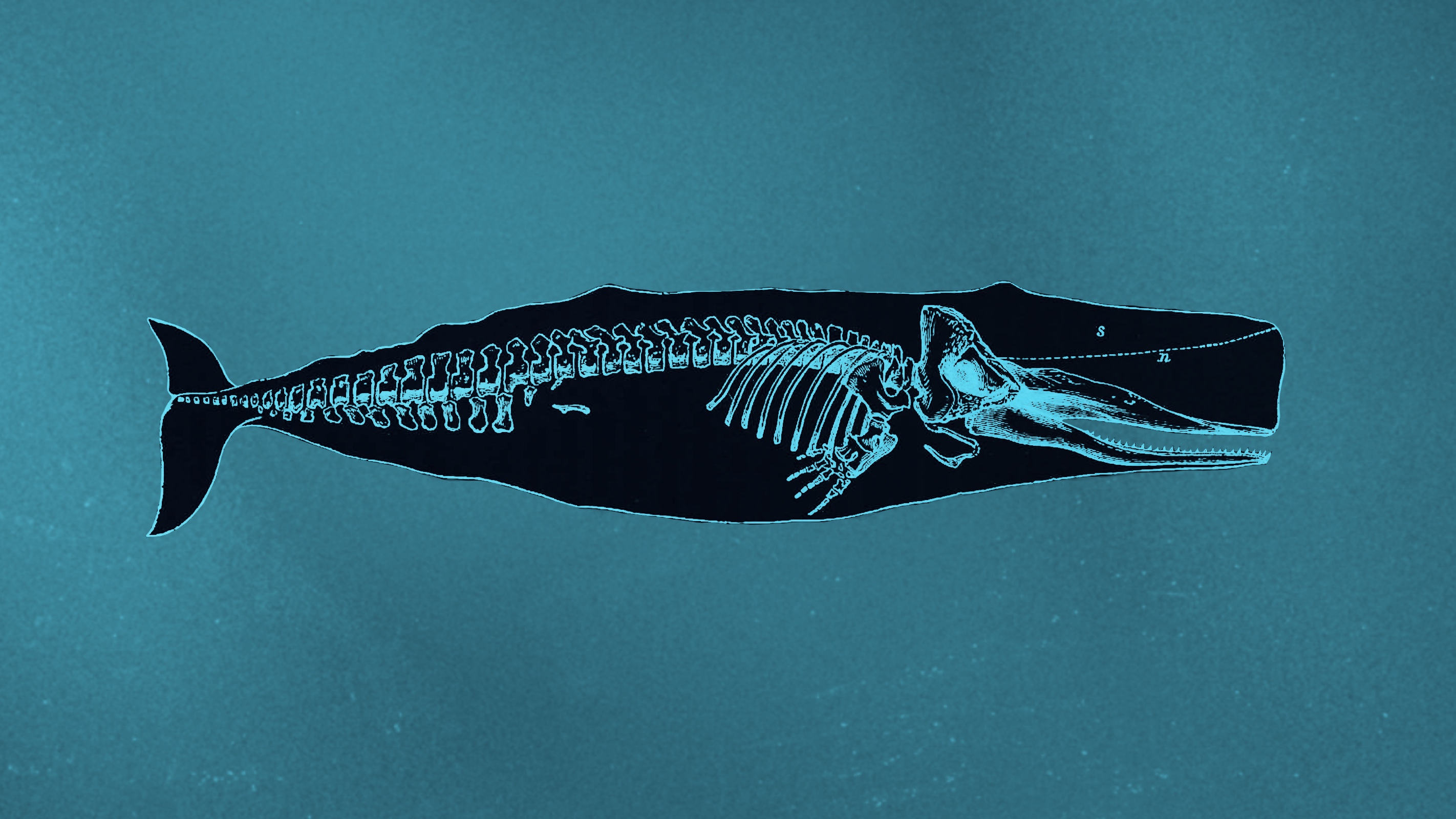How the “Face on Mars” and other false positives impact the search for alien life

- Perhaps the most famous “evidence” of life on Mars came from a photograph that supposedly depicted a face on the Red Planet. It was subsequently shown to be nothing but a mountain.
- The Viking Life Detection experiments and Martian meteorite ALH84001 were both thought to prove the existence of life on Mars, but these were also false positives.
- Once a claim is judged to be a false positive, it’s difficult to change people’s minds, even if new evidence comes along.
The holy grail for astrobiology is to discover extraterrestrial life. So, it may come as no surprise that scientists — even very good, careful scientists — have announced that startling discovery more than once, only to be proven wrong later.
We call such findings false positives, and it happens all too often. Some of the most easily dismissed claims are based solelyon appearances. “Alien artifacts” ranging from corals to doorways have been reported by self-appointed internet sleuths, only to be explained away easily. And that’s just on Mars. The most famous of these is the “Face on Mars” spotted in Viking images taken in the 1970s. In those early low-resolution pictures, a rock formation in Cydonia showed a strong resemblance to a human face. NASA was lobbied to take a closer look, but upon closer (and higher-resolution) inspection, it turned out to be an ordinary mountain.

Looks can deceive because our brain is always trying to extrapolate a familiar structure or pattern from anything we observe. I receive quite a few emails every year from people claiming to have found a lizard, fossil bone, or some other large-scale evidence of biology on another planet. It’s a common pitfall to jump to conclusions when a new object looks like something familiar. But that will almost never be enough to prove the existence of extraterrestrial life. We’ll need additional evidence — for example, geochemical analyses — to verify what our eyes are telling us.
Martian meteorite ALH84001
Some readers may remember the famous 1996 paper in the journal Science by David McKay from NASA’s Johnson Space Center, which motivated president Bill Clinton to announce in a memorable press conference the possible discovery of fossilized life on Mars. Images contained in McKay’s paper were widely circulated by the press, purporting to show the Martian fossils.
Nowadays no one, or at least no one I know, really thinks these worm-like structures are microbes. They’re more commonly interpreted as products of mineralization, not biology. And as a result of the controversy over the misinterpreted “fossils,” most scientists lost interest in ALH84001.
Yet, there are good scientific arguments that the meteorite does, in fact, contain evidence of past life. The close spatial association of reducing and oxidizing regions within the rock — which is typical of microbial interactions — and the presence of magnetite chains of high purity, which are indicative of a certain type of bacteria called magnetotactic bacteria, are intriguing. Some of the McKay team’s lines of argument have weakened while others have grown stronger, but I still find it plausible, as McKay says, that the most parsimonious explanation for their findings is biology.
One point even the critics agree on is that the interior of the meteorite was never heated above 40° C during its journey from Mars to Antarctica. In other words, fossils, or even dormant life, could conceivably have made the journey from one planet to another intact. However, given the apparent misinterpretation of the “fossil” images, you don’t find many scientists who will give ALH84001 a second look.
Viking Life Detection experiments
A similar case is the controversy surrounding the Viking Life Detection experiments of the 1970s. NASA’s twin Mars landers carried three such experiments and another instrument called a gas chromatograph-mass spectrometer (GC-MS) to look for organic molecules. The mission scientists agreed prior to the landings that if even one of these experiments was positive, it would mean life on Mars was detected.
The “labeled release experiment” led by Gil Levin, designed to detect metabolic activity, yielded positive results, although later data from the same experiment cast some doubt on that. The first result coming in from the “pyrolytic release experiment,” designed to measure organic synthesis reactions associated with life, was also positive, but later ones were negative. The “gas exchange experiment,” designed to measure the exchange of gases resulting from biological activity, provided confusing results, and showed no evidence of biology.
What to do with these mixed results? The mission scientists were under pressure — the public wanted to know. Project scientist Jerry Soffen waited for the results from the GC-MS. The instrument did detect trace amounts of organic compounds, but they were interpreted by the experiment’s principal investigator, Klaus Biemann, to be contamination from Earth. One reason for his interpretation is that the type of organics detected — chlorinated hydrocarbons — were not at the time expected to exist on Mars.
Based on all this conflicting evidence, Soffen concluded, in his famous words, “No bodies, no life.” Without organic molecules, there just couldn’t be life on Mars. Ergo, the Red Planet was officially dead. (That line of logic has always seemed to me somewhat odd, because we should expect to find organic compounds on Mars, if not from native life, at least from infalling comets.)
Fast forward more than 20 years, when NASA’s Phoenix lander found exactly the same type of chlorinated hydrocarbons on Mars, as did the subsequent Curiosity and Perseverance rovers. It is now generally accepted that Viking did in fact find indigenous organics on Mars. One may wonder what Jerry Soffen would say if he were alive today.
More importantly, how has this changed the scientific interpretation of the Viking results? Not much, surprisingly. Perhaps a few scientists would change the mission’s verdict on Martian life from negative to inconclusive, but most stick with the “no” answer. Levin himself insisted, right up until his death two years ago, that Viking discovered life — yet his protestations were in vain.
The danger of crying wolf
The lesson here is that once a claim is judged to be a false positive, it’s difficult to change people’s minds, even if new evidence comes along that puts the previous interpretation into question.
What to do? We have to stay steadfastly open-minded and be willing to re-evaluate cases when new evidence becomes available. Who knows, we may have discovered extraterrestrial life already, but rejected the evidence too quickly because it seemed false at first glance.





